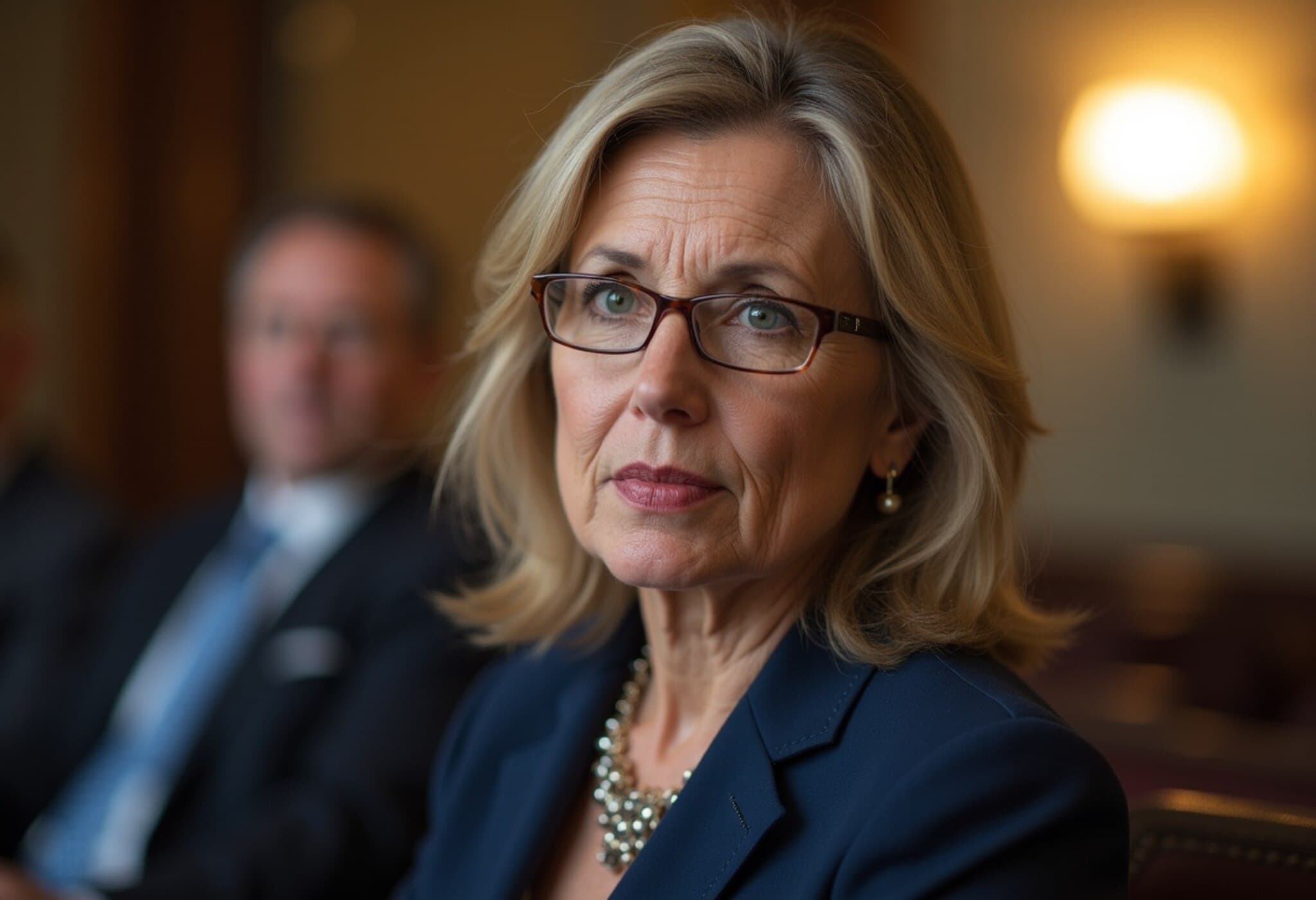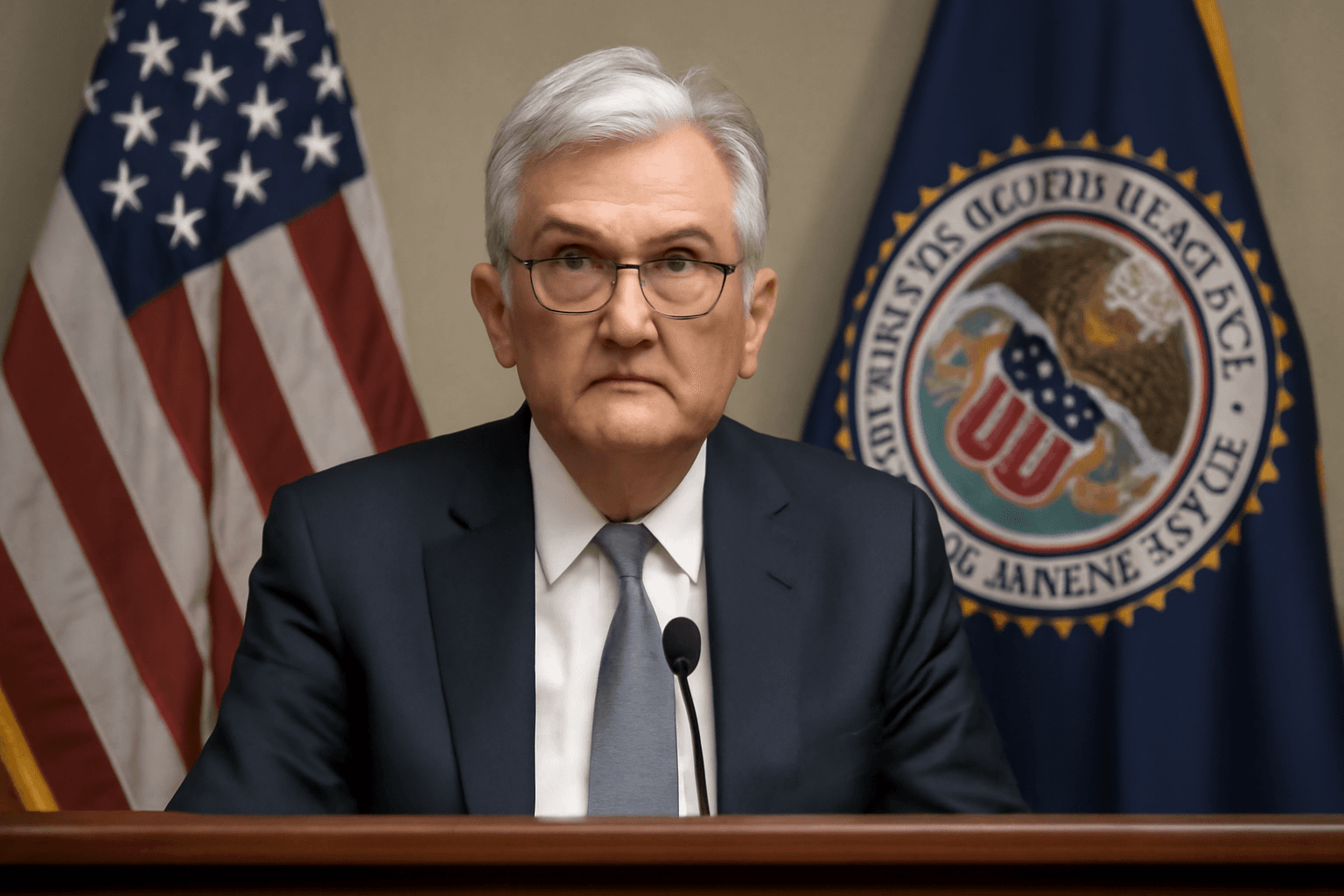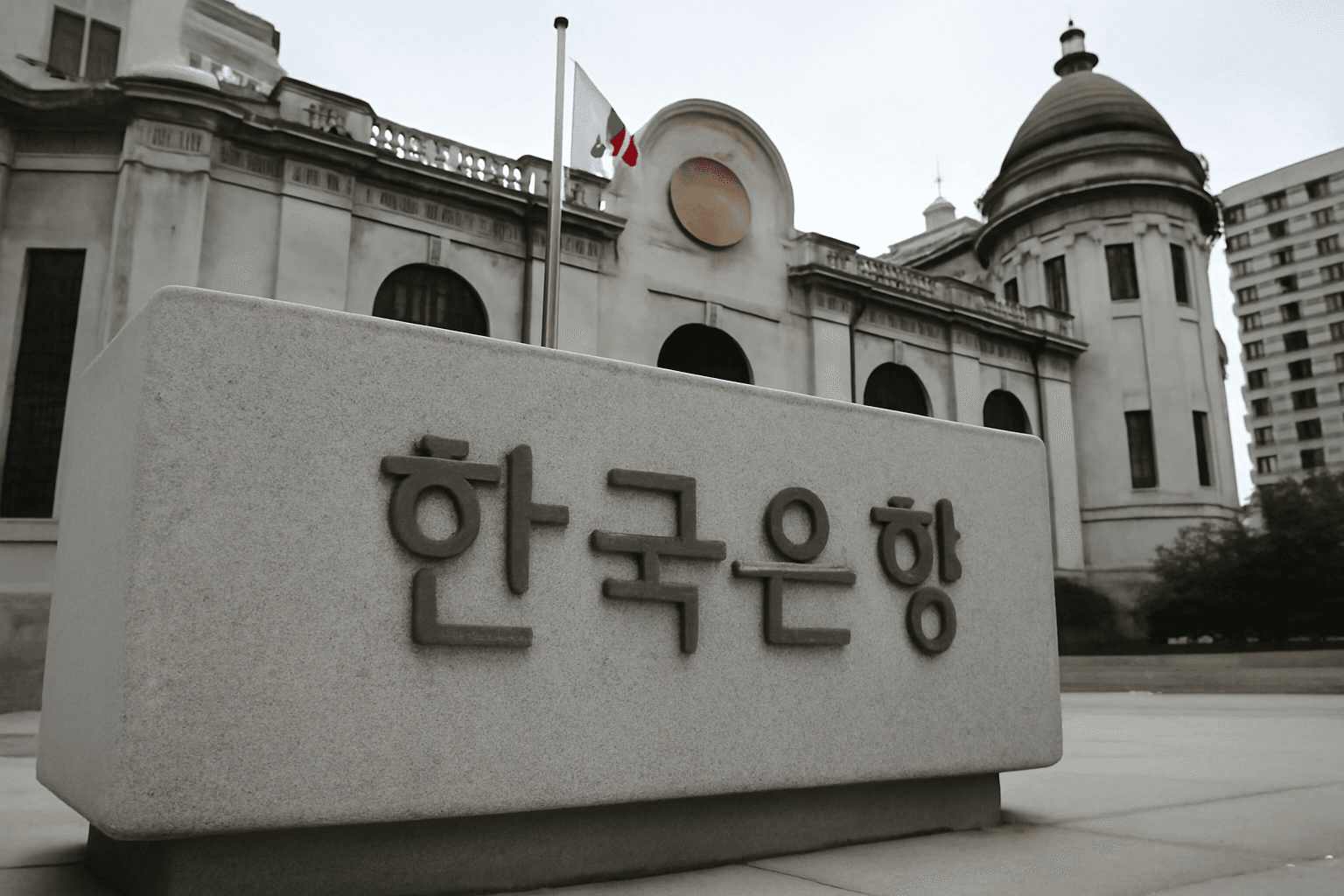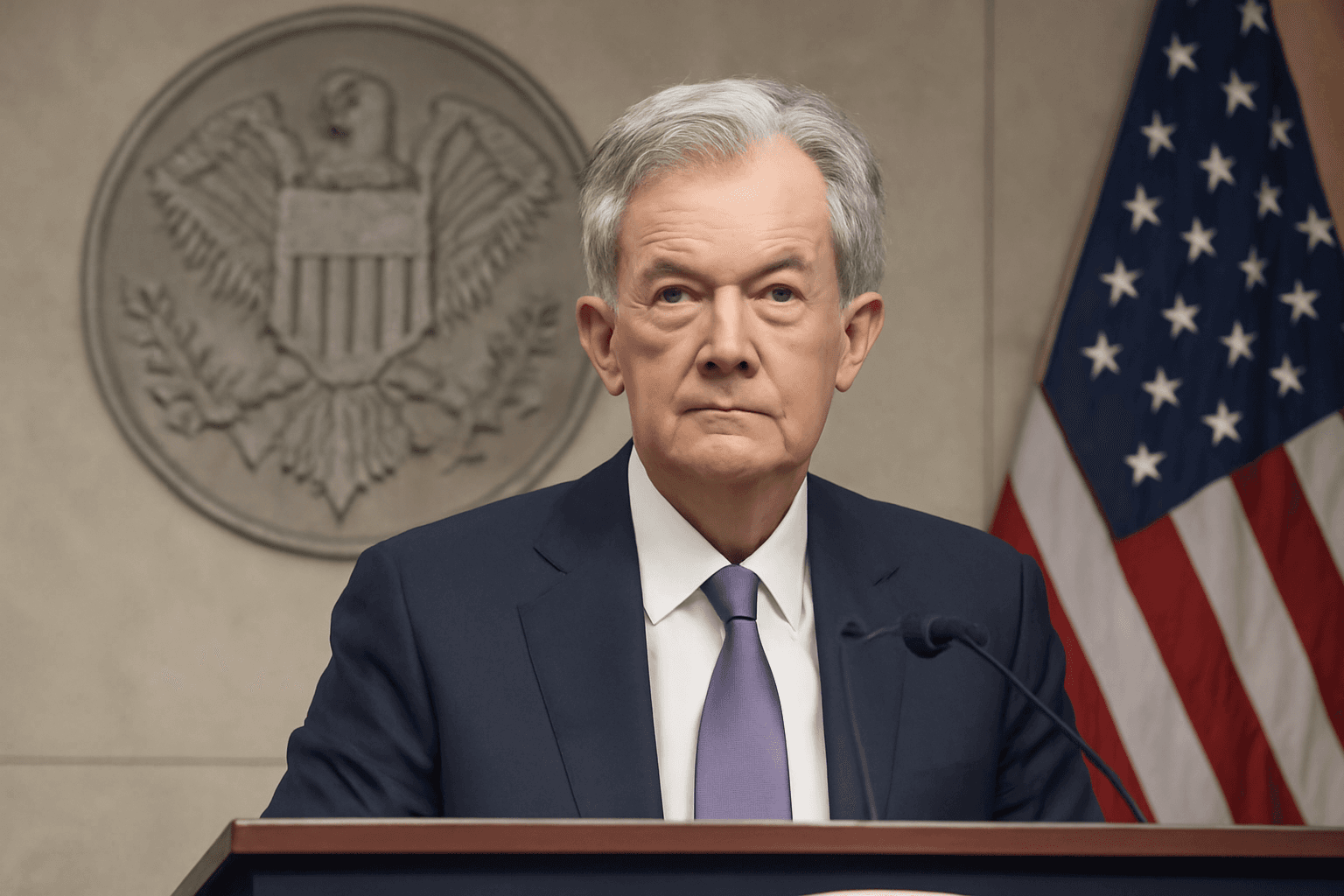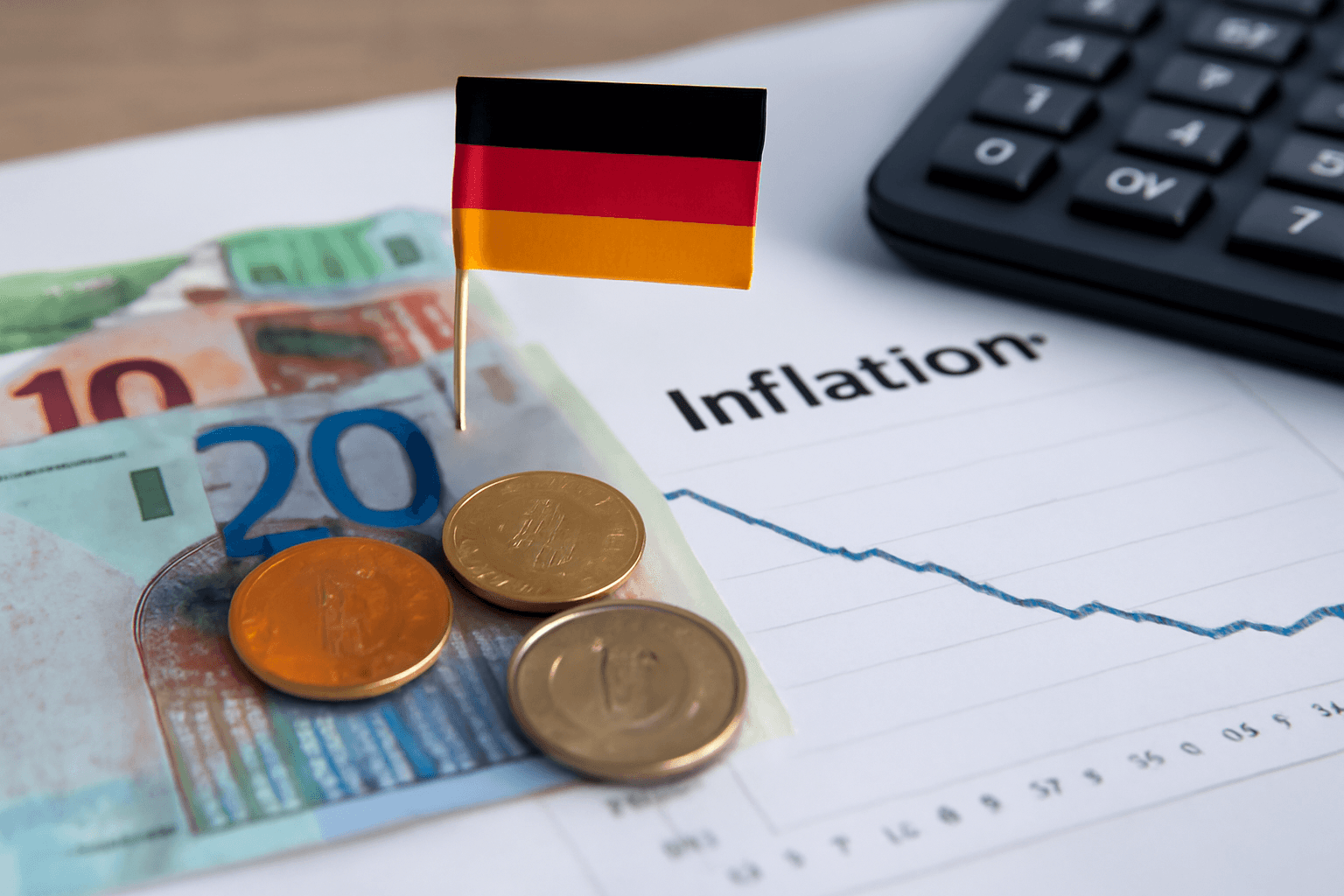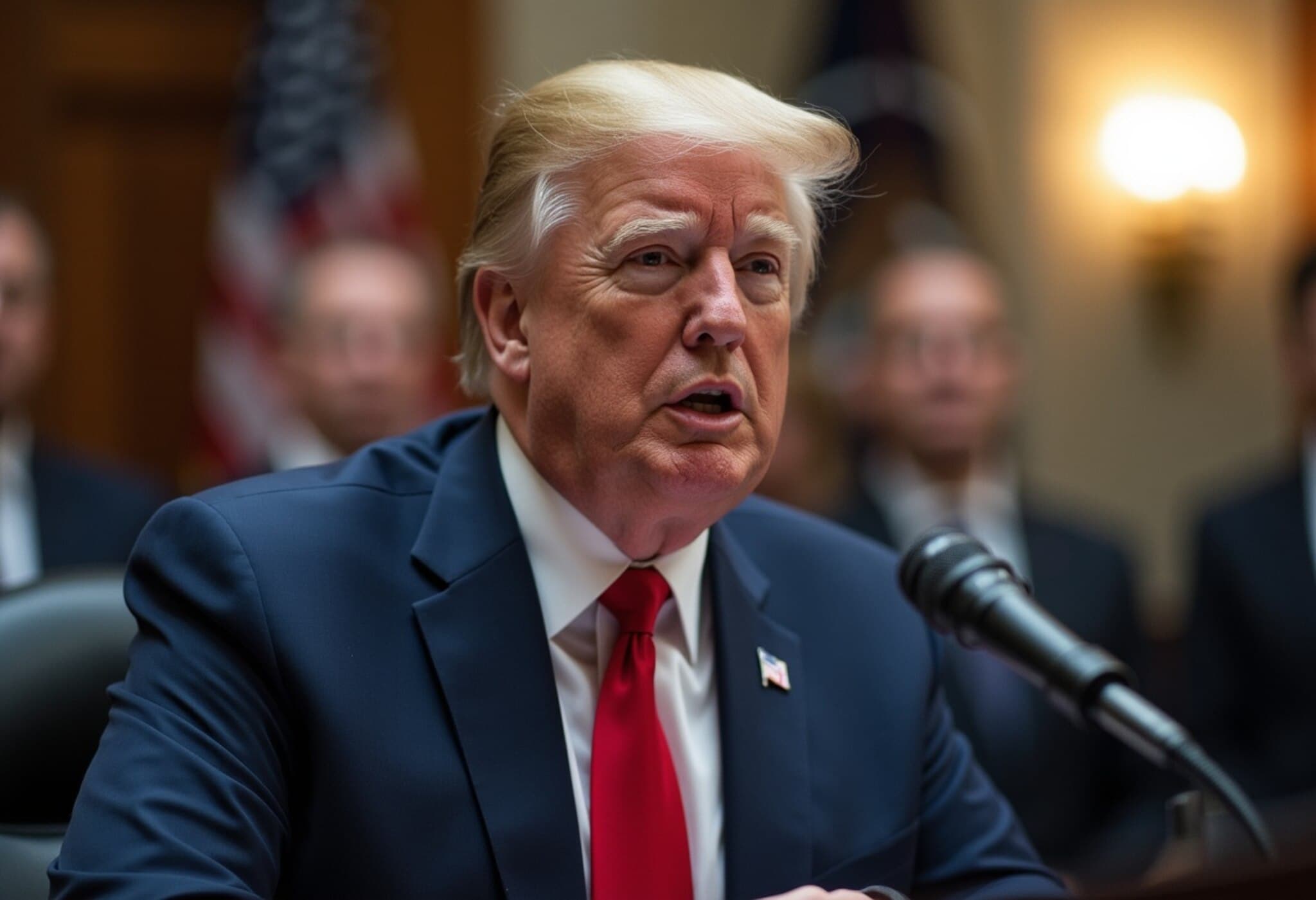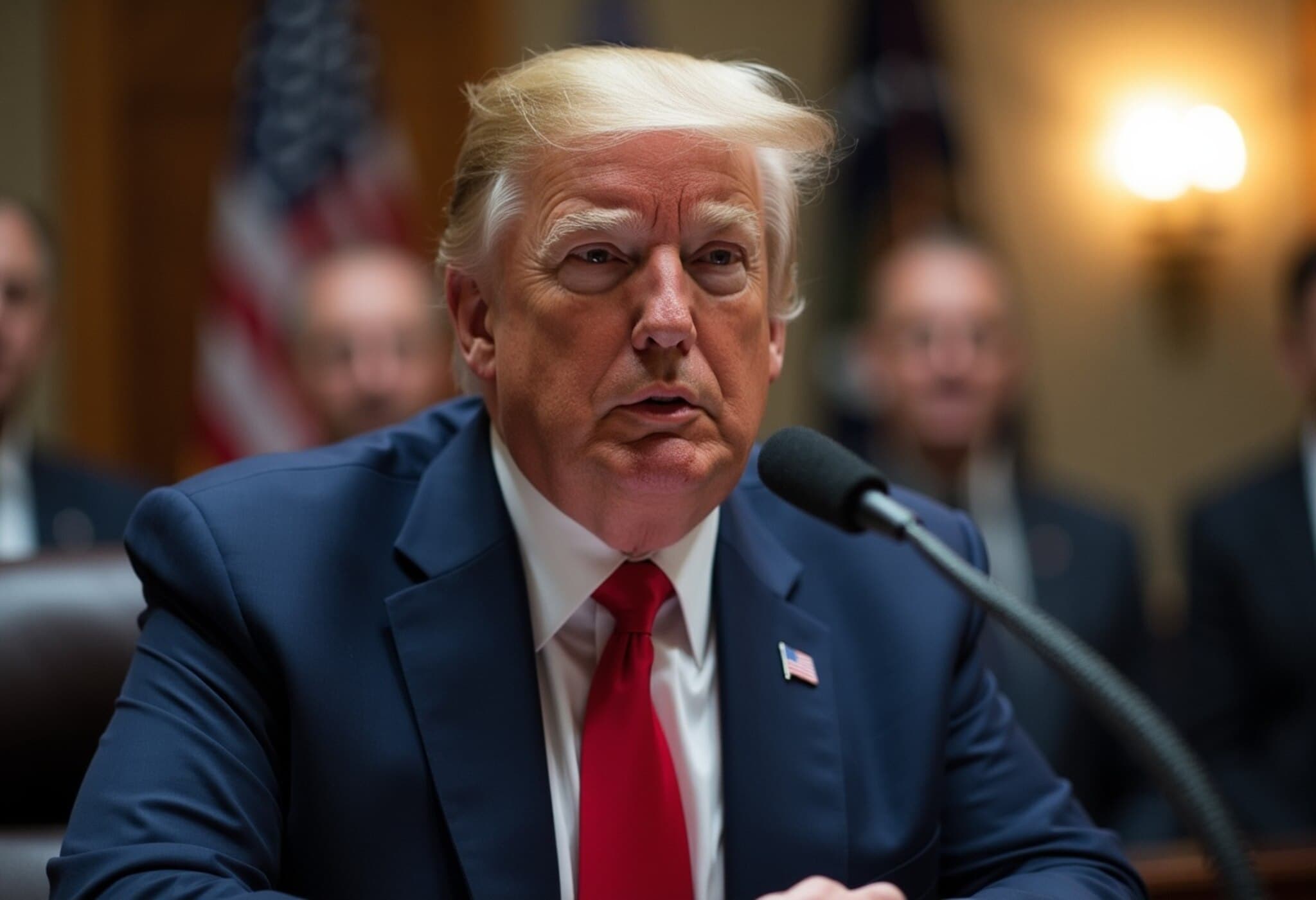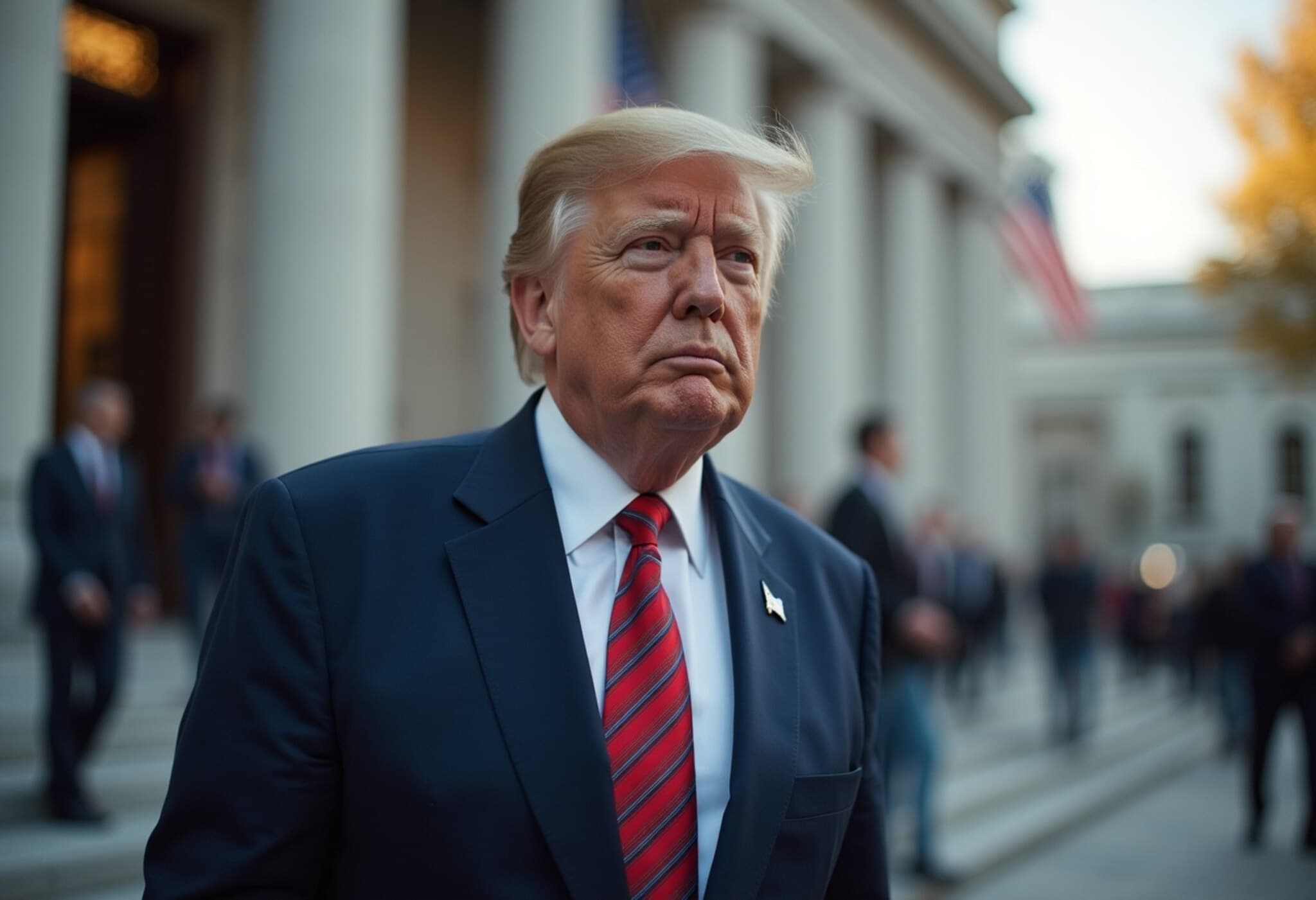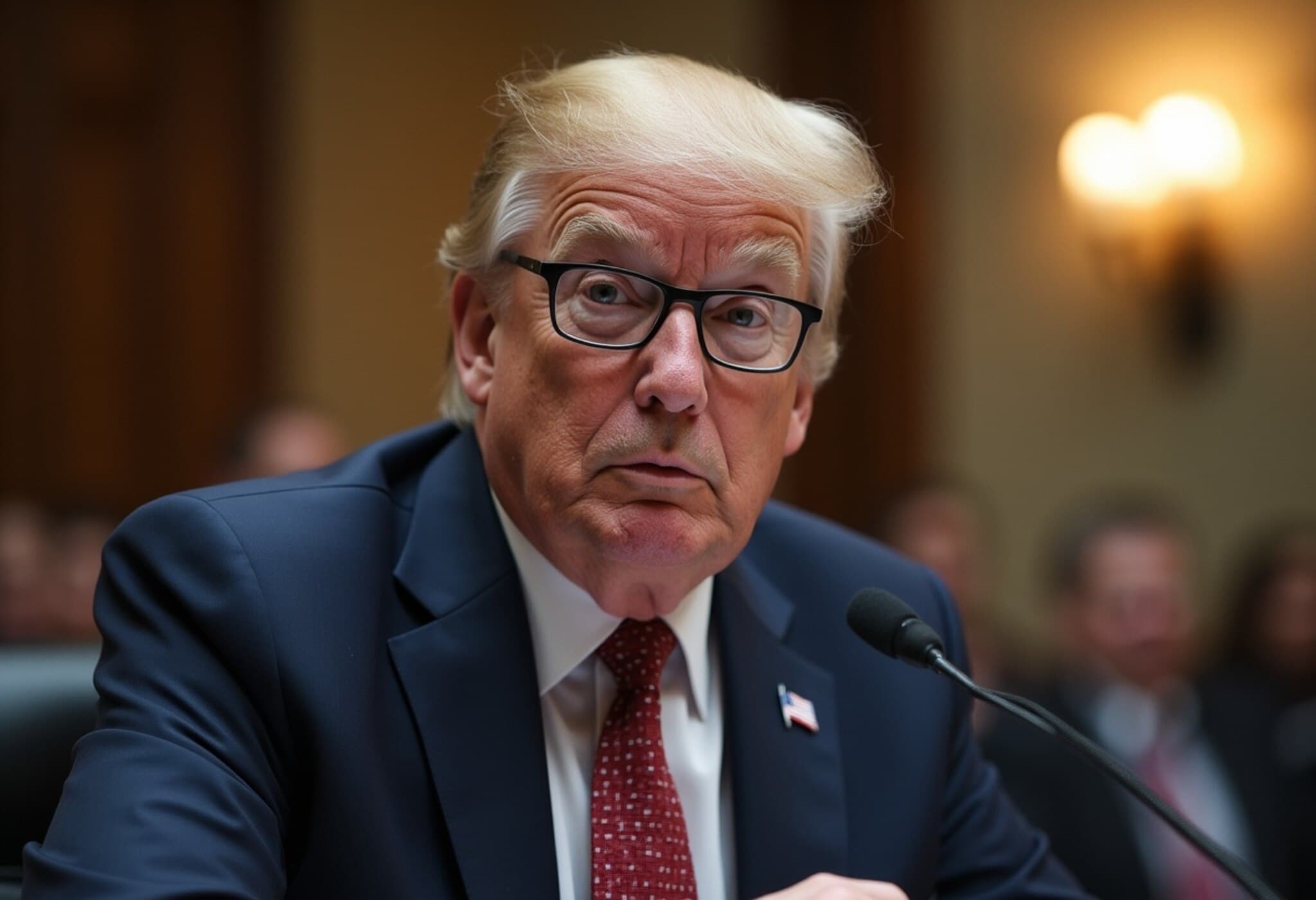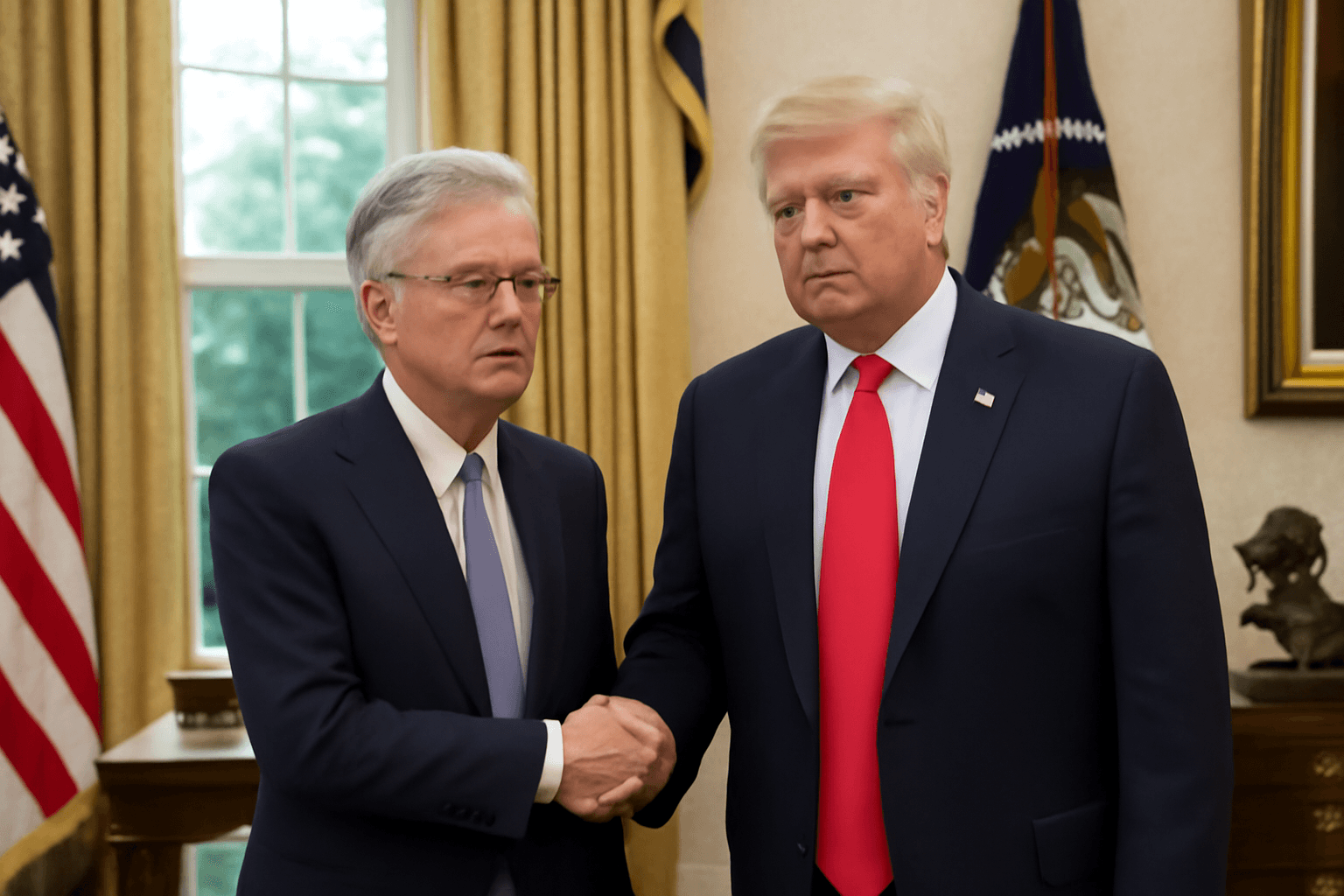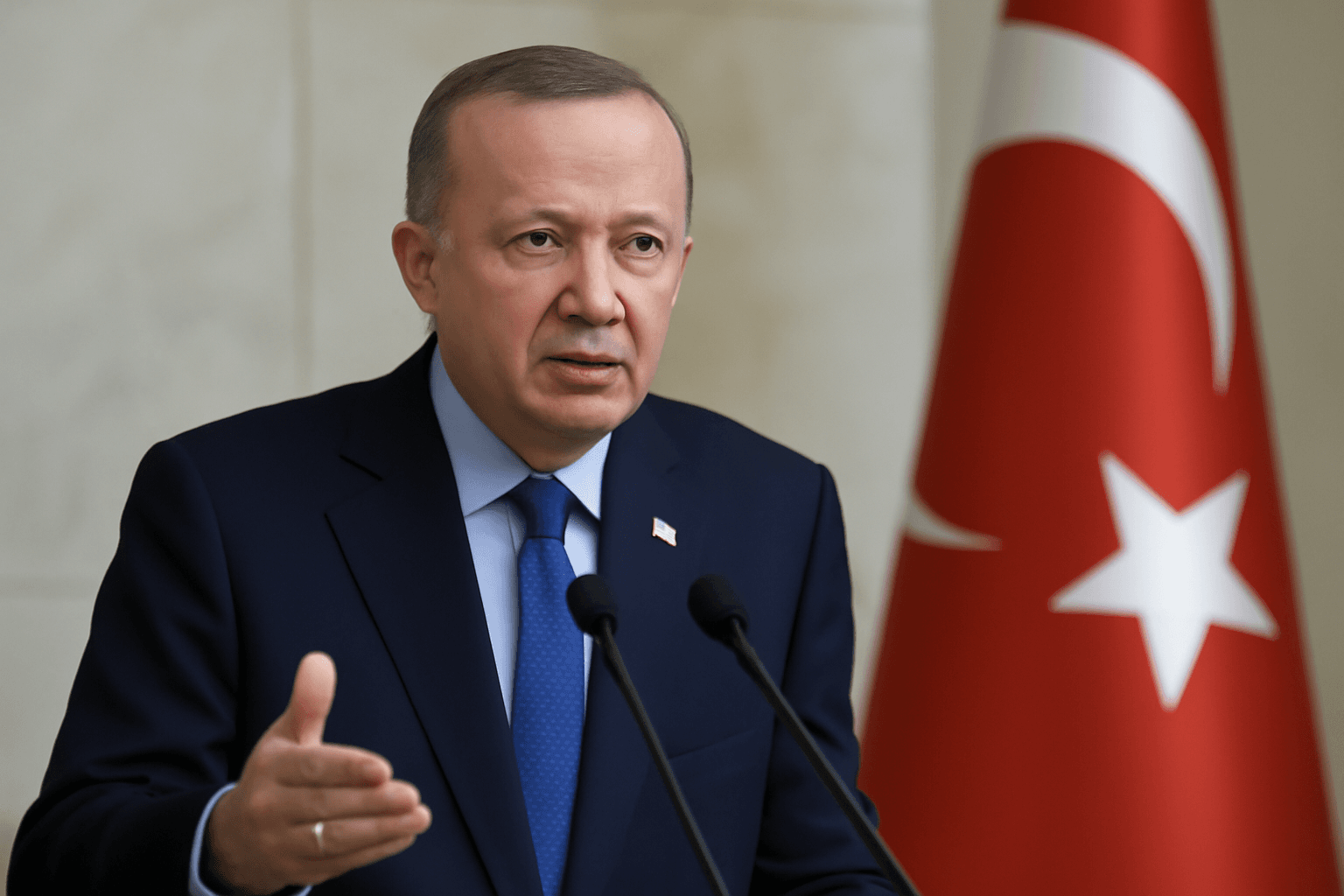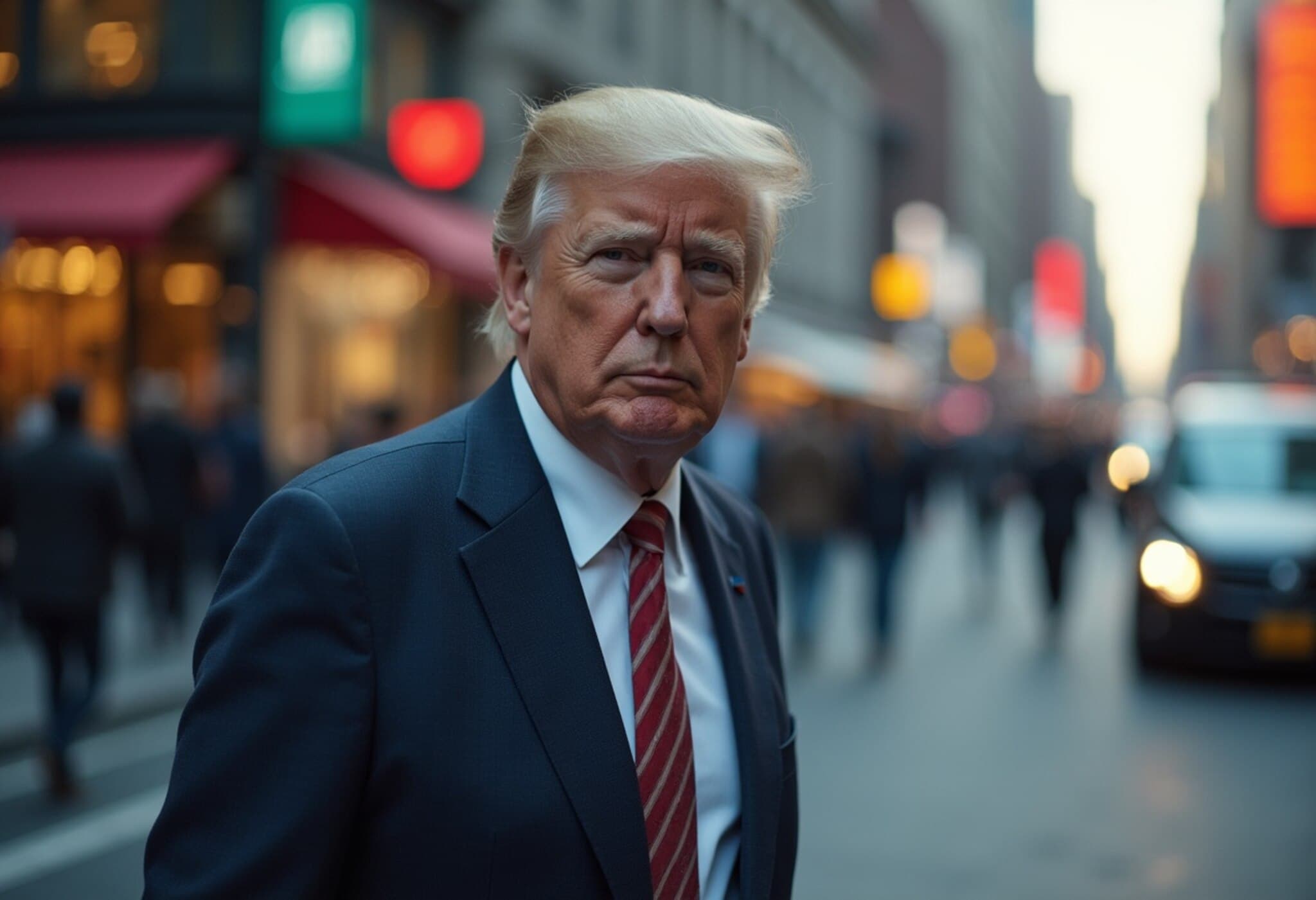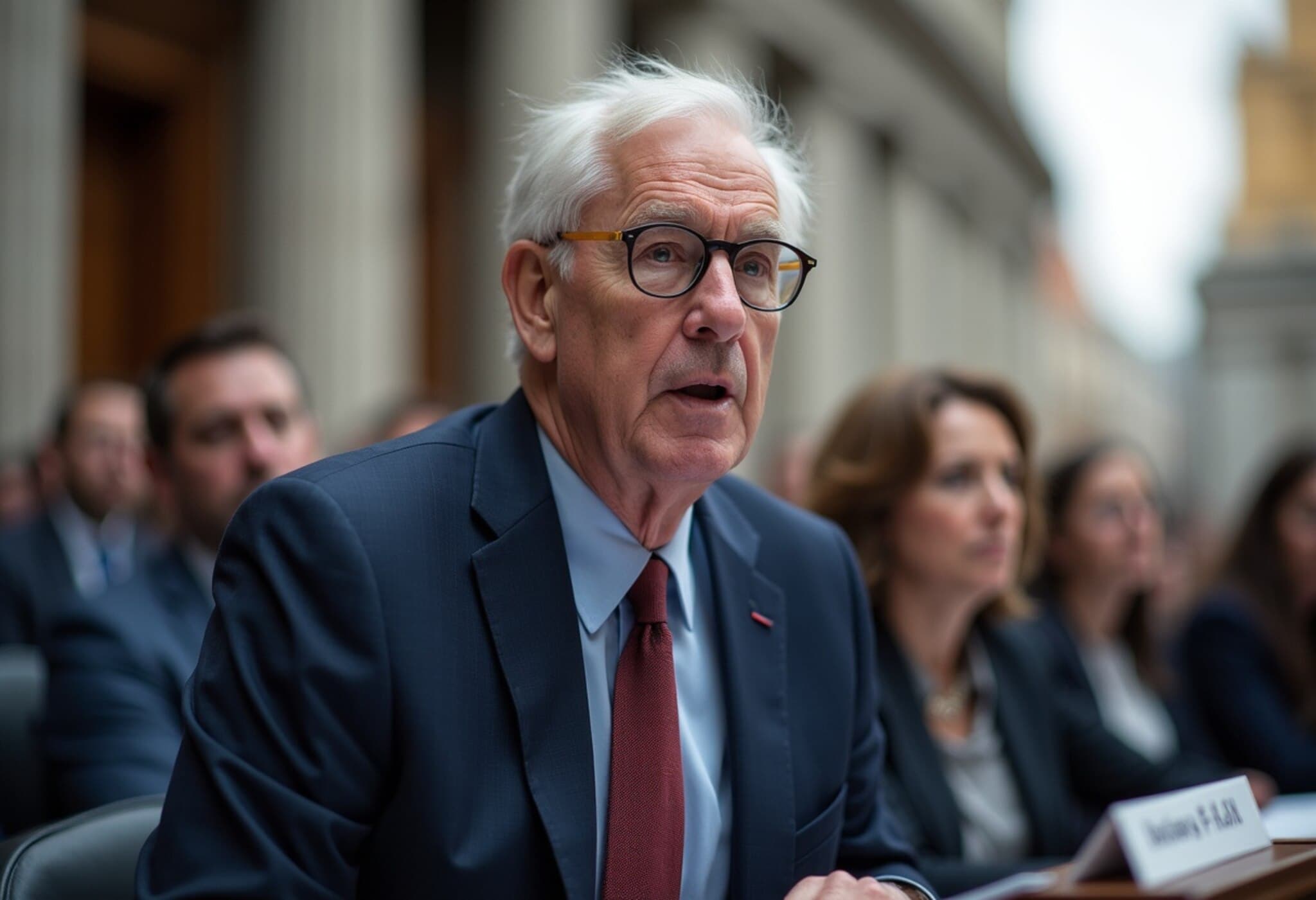Fed Governor Michelle Bowman Signals Support for July Rate Cut
Federal Reserve Governor Michelle Bowman expressed her openness to reducing interest rates at the upcoming July policy meeting, provided inflation pressures remain subdued. Speaking at an event in Prague, Bowman emphasized that lowering the policy rate could help realign it closer to a neutral stance and support a robust labor market.
Inflation Impact from Tariffs Seen as Temporary
Bowman echoed sentiments from other Fed officials who view the inflationary consequences of recent tariffs as temporary and limited. "Should inflation pressures stay contained, I would favor lowering the policy rate as soon as our next meeting," she stated in prepared remarks. She added that she will continue to closely monitor how economic conditions evolve amid ongoing policy measures and market dynamics.
Alignment with Fellow Fed Governors
Her remarks align with those of Governor Christopher Waller, who recently indicated that a rate cut might be on the horizon this summer. Both suggest that the Federal Reserve is carefully weighing economic data before moving forward with adjustments.
Context: Interest Rates and Economic Policy
Over recent weeks, the Federal Open Market Committee (FOMC) maintained interest rates in the range of 4.25% to 4.5%. While President Donald Trump has advocated for rate cuts to reduce financing costs on the national debt, the Fed has proceeded cautiously, factoring in mixed signals from inflation and labor reports.
Labor Market and Policy Outlook
Bowman acknowledged the shift in the Fed’s post-meeting statements, highlighting a diminished policy uncertainty and a growing focus on potential labor market softening. Economists had anticipated tariffs might spark inflation spikes, but recent data suggest the effects have been muted, in part due to businesses frontloading inventory.
Future Rate Moves and Market Expectations
According to futures market indicators, there is currently a 23% probability of a rate cut at the July meeting, with the chances rising to 78% for September. Bowman refrained from specifying the magnitude of any future rate reduction, and Waller has noted that drastic cuts are unnecessary at this stage.
Bowman’s Take on U.S. Tariffs and Inflation
Reflecting on the trade environment, Bowman expressed that tariff-related inflation may be more delayed and less severe than initially thought. She attributed this partly to firms having accumulated inventories in advance, cushioning immediate price pressures. This view supports a cautiously optimistic outlook for the economy and reinforces the potential for easing monetary policy sooner rather than later.
As the Fed prepares for its July 29-30 meeting, investors and policymakers alike will watch inflation data and labor market trends closely to gauge if the case for easing becomes stronger.

